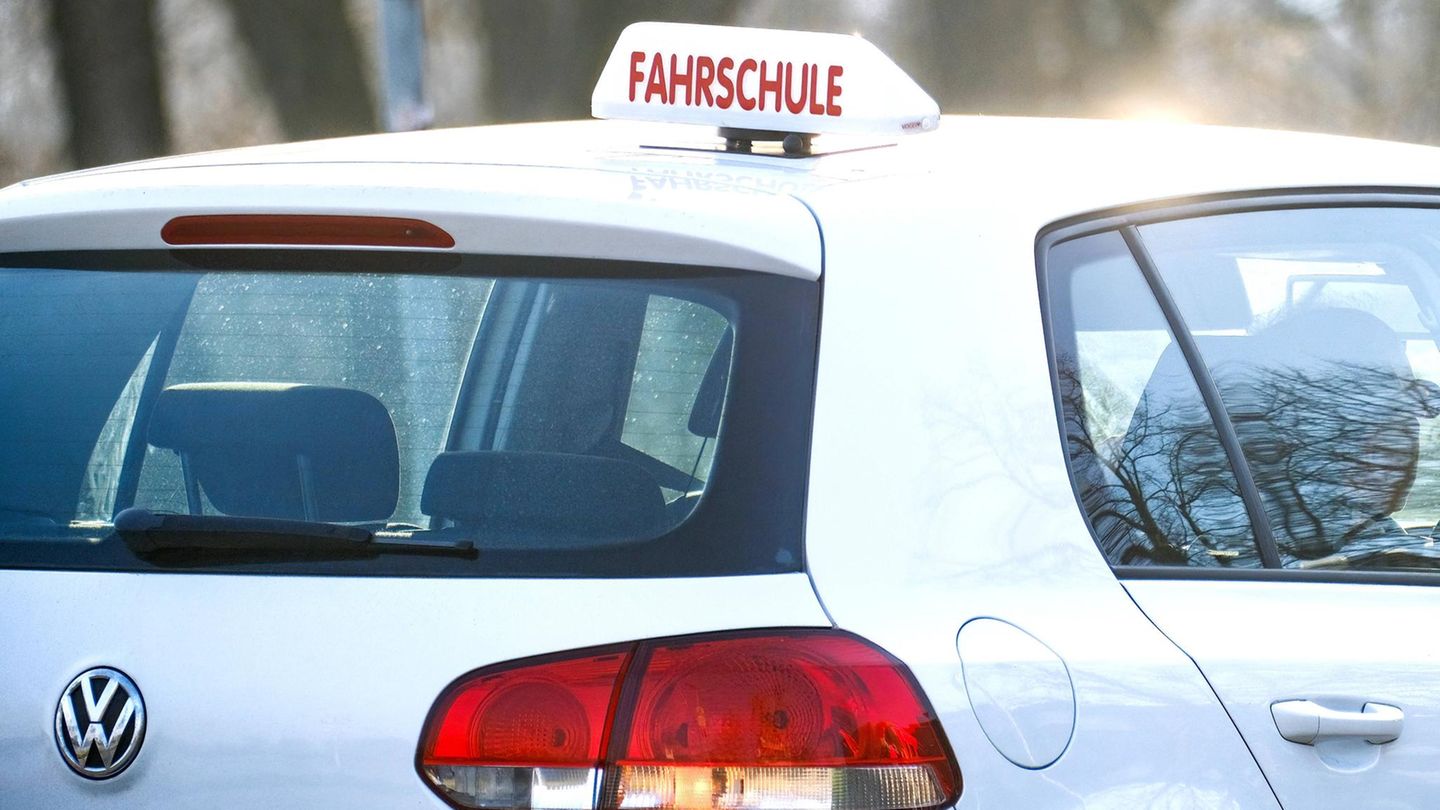Linz is a popular place to work. According to the latest survey by Statistics Austria (as of 2021), 109,220 people commute to work in the state capital, meaning 62 percent of the approximately 210,000 jobs are occupied by non-Linzers. Most commuters (26,359) come from Linz-Land, followed by the Urfahr area (20,678) and Freistadt (10,663).
Inevitably, the commuter issue also brings up the daily traffic jams in the city: Mayor Klaus Luger (SP) expects relief here from the opening of the Westring Bridge planned for November, as well as, in the medium term, from the planned light rail lines and the O-Bahn. Bus line 48.
More on the subject: This is what the Linz light rail trains look like
The first 141 apartments in the old barracks area should be ready for occupancy in 2026
The city boss also emphasized today that the role of commuters, i.e. those from Linz who work in the surrounding area, should not be neglected. The number is now 33,343 people, compared to 23,539 in 2010, and the trend continues to rise. The top 5 commuter districts are: Linz-Land, Wels Stadt, Wels-Land, Urfahr-Environment and Perg.
The traffic flows, i.e. the traffic jams caused by commuters, are clearly noticeable – especially when commuters and commuters “meet” in the afternoon. Luger outlined this using the example of the A7, where commuters on their way home to the north of Linz would meet commuters on their way home to the Mühlviertel.
Luger attributes the increasing proportion of commuters to the fact that a lot has happened in the Mühlviertel and the Wels area in the recent past in terms of company settlements. He sees a need for action here as commuters primarily travel by car. Luger is convinced that new, attractive public transport options are needed.
The first step is to create a cross-community traffic analysis; Linz alone would not have the necessary data for this. For this purpose, Luger wants talks with the state and Upper Austria. Lead transport association.
With regard to the expansion of cycling infrastructure, Luger referred to the state’s plans, but he emphasized that cycling only plays a subordinate role in inter-regional commuting. Things are different with inner-city traffic; there is still potential to be exploited here.
The demand for such a supra-regional traffic analysis is not new, with the long struggle over the light rail financing agreement between the city and the state and this topic has recently fallen behind, said Luger.
Bus routes 13 and 14 are under review again
With regard to the planned bus routes 13 and 14, the mayor also made it clear that they would be examined again. Given that the new development on the former Ebelsberg barracks area will not happen as quickly as originally assumed, the urgency of implementation is no longer as great.
As reported, the renovation work on the barracks area has already begun, but the environmental impact assessment for the new buildings is currently still ongoing. The completed EIA is a prerequisite for the adoption of the necessary land use plan. The delay in development will close the time gap for the planned four-track expansion of the Western Railway line, said Luger.
The ÖBB has postponed this several times in recent years, most recently 2033 was given as the completion date. The four-track section of the Kleinmünchen – Hauptbahnhof section is considered a prerequisite for the expansion of the S-Bahn network and thus for good connections to the barracks area and the adjacent summer grounds, where around 3,000 apartments are to be built. Line 13 will start on Reindlstrasse and will run along Hafenstrasse/Industriezeile to the Südpark industrial development area and to Alt-Pichling. Line 14 is to run from the harbor/Industriezeile via Derfflingerstrasse, further to the Ebelsberg bypass to Ennsfeld.
Adaptations necessary?
According to Luger, the new traffic calculations should now show to what extent the bus routes are still necessary in their planned form against this background or whether adaptations may be necessary.
The deputy mayor responsible for transport, Martin Hajart (VP), does not share Luger’s assessment of these two bus routes. Line 13 is primarily aimed at supplying Pichling, where there has recently been a lot of residential construction: “The south of Linz has grown so much that we need this line like a bite of bread – urgently.”
Line 14, which is primarily intended to connect the barracks area, could wait a little longer, but the implementation should not be seen as an alternative to the four-track expansion of the western line: “It’s not an either and or, but a both and also.”
Hajart also emphasized that the two bus lines were relevant for connecting the industrial area and Urfahr; the buses could avoid the traffic jams using the accompanying road near the Mona Lisa Tunnel. The two bus lines are part of the transport concept for the south of Linz that has already been approved by the local council, and Hajart wants to stick to the plans.
My themes
For your saved topics were
new articles found.
info By clicking on the icon you can add the keyword to your topics.
info
By clicking on the icon you open your “my topics” page. They have of 15 keywords saved and would have to remove keywords.
info By clicking on the icon you can remove the keyword from your topics.
Add the topic to your topics.
Source: Nachrichten




